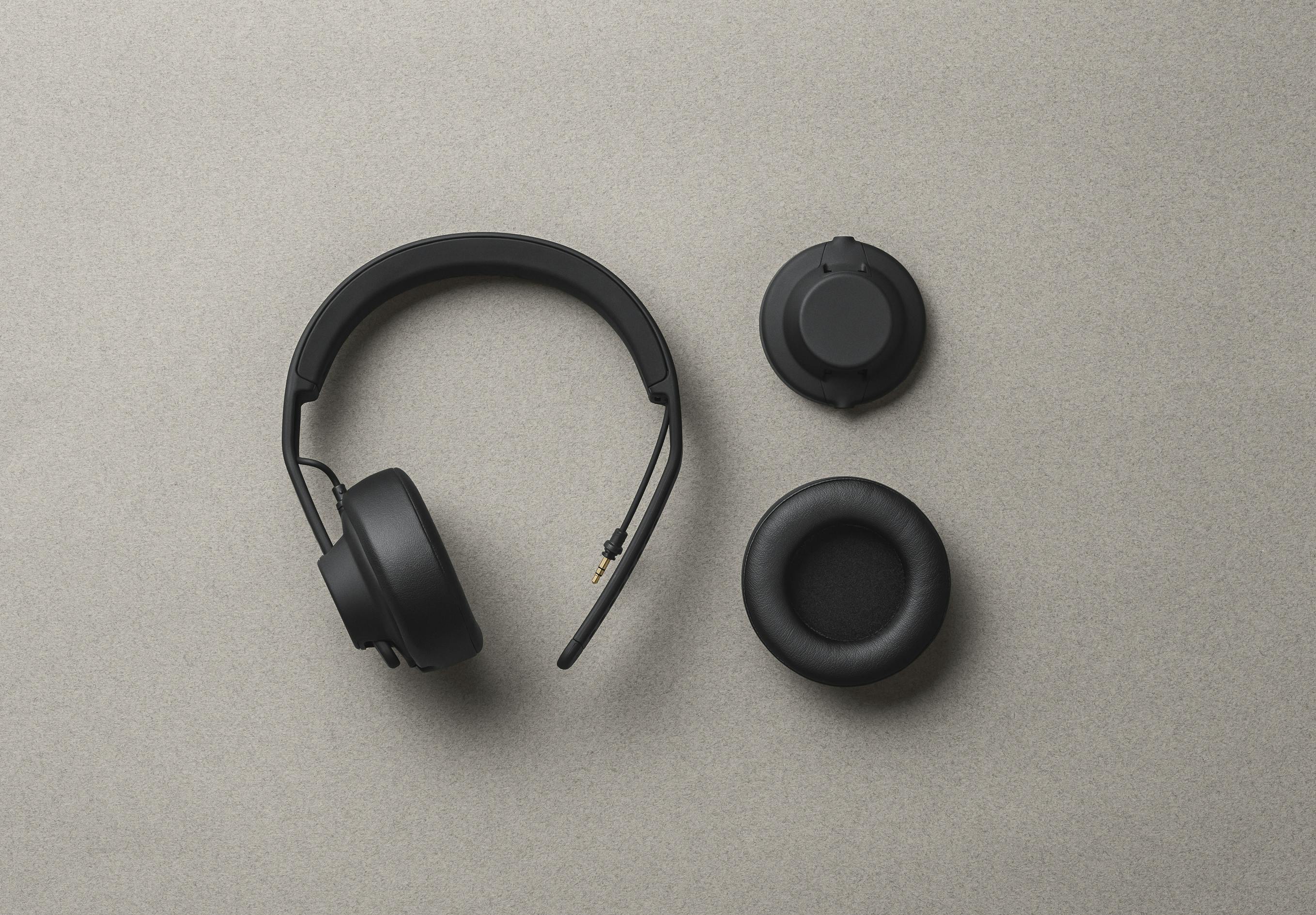Fast Company on Modularity
Why Modular Electronics Matter Even After High-Profile Failures. Audio design company AIAIAI believes modularity has a place in electronics. Here’s why.
When Apple unveiled the iPhone 7 back in September it also forced the obsolescence of a 50+ year standard: The 3.5mm audio jack. The sound you heard–beyond the blogger complaints–was that of a million pairs of corded headphones being flung to the back of the drawer suddenly incapable of natively working with all future models of the most popular brand of audio players on Earth. But if you had a pair of AIAIAI’s modular TMA-2 headphones which were specifically designed so that the cables headband speakers and earpieces could all be upgraded over time your smartphone dropping support for a connector didn’t matter because you knew it would only be a matter of time before the TMA-2s would support the iPhone 7 headphone jack or no. And sure enough just two months later AIAIAI has announced the H05 a replacement headband for the TMA-2 that gives the headphones wireless Bluetooth audio support.

A small Danish audio company founded in 2006, the TMA-2 is AIAIAI’s first modular product–a response to the long list of tweaks customers asked after it released its first headphones, which were not upgradeable, in 2010. “When we released the TMA-1 we got a lot of feedback,” says AIAIAI CEO Fredrik Jørgensen. “We were given lots of new ideas, as well as requests for small adjustments from our network and users. But with a conventional design, it’s very complex to do a mark 2, let alone a large portfolio of different product versions. That’s why we turned to the modular approach.” The way Apple suddenly dropped support of the 3.5mm jack–a probable sign that the rest of the industry will soon follow–shows the wisdom of AIAIAI’s modular design thinking. By being able to adapt its current, on-the-market product without resetting the manufacturing process, AIAIAI will be able to weather an industry-wide sea change in a way that might be impossible for other smaller headphone manufacturers. “Modularity gives us agility, and helps us avoid ending up with a lot of obsolete inventory when the market changes,” says Jørgensen.
But modular design is also more consumer-friendly. When a pair of TMA-2s has a loose connector, or one of the speakers blows out, customers aren’t left facing a total replacement; they can easily replace the broken module themselves. Likewise, modularity encourages a broader customer base: The TMA-2s can be easily customized in configurations ranging from sub-$150 cans perfect for Beats lovers who want to step up their audio game, all the way to $250+ monitors aimed at pros. That’s without taking aesthetic customization into account. As long as you like the general design language of the TMA-2s, they can be easily modified to match any individual’s personal style. This, in turn, gives customers confidence that if theydoinvest in a pair of TMA-2s, their money won’t go to waste.
Not all hardware products are suitable for a modular approach, though. Designs that need to be as thin and light as possible–for example, smartphones–are much less practical to make modular, for all sorts of reasons. Google put tens of millions of dollars into designing a modular smartphone called Ara, yet killed the project earlier this year, for unstated reasons–reasons Lars Larsen, founder of Kilo and designer of the TMA-2s, think has to do with complexity. “Even though it sounds so simple, trying to account for as many parameters [as a smartphone] means that modularity can become very complex, very quickly,” Larsen says. “For us, in this product category and the size of the company that we are currently looking at, it works, because it’s still pretty basic and controllable.” In other words, AIAIAI isn’t trying to build a slim, light, modular computer that can be anything for anyone. Its goal is to make a modular gadget that does only one thing well, in a market known for its tolerance of chunky designs. (And even so, it’s obvious why AIAIAI is only trying to design modular headphones, not modular earbuds.)
By John Browlee, read article on Fast.Co
Posted on Oct 14, 2020 in Sustainability